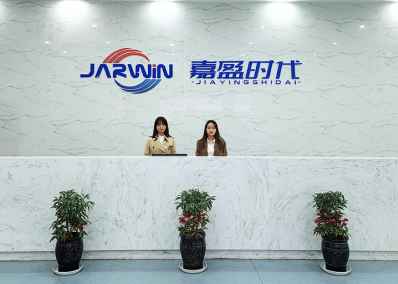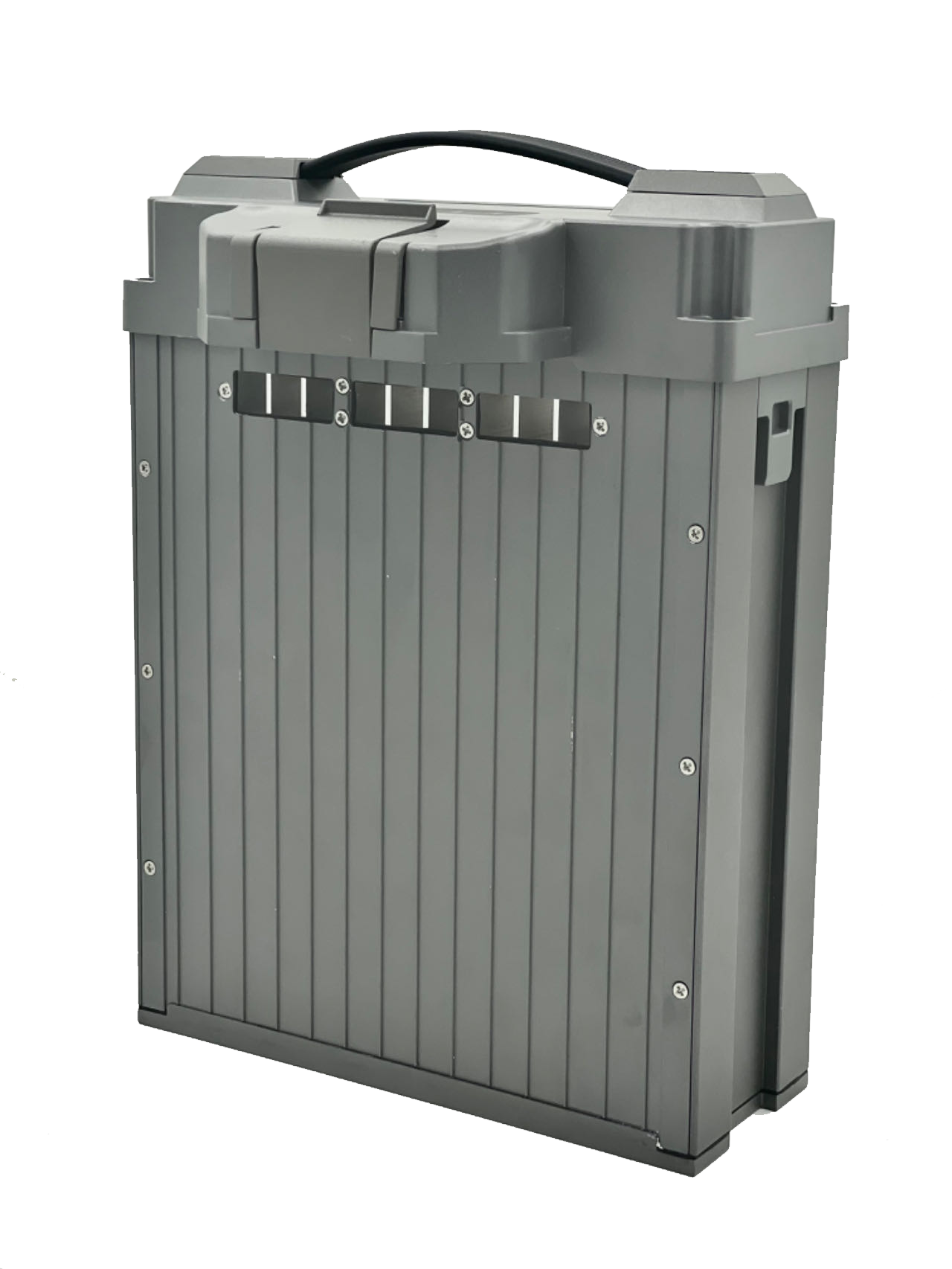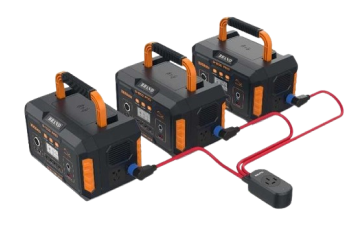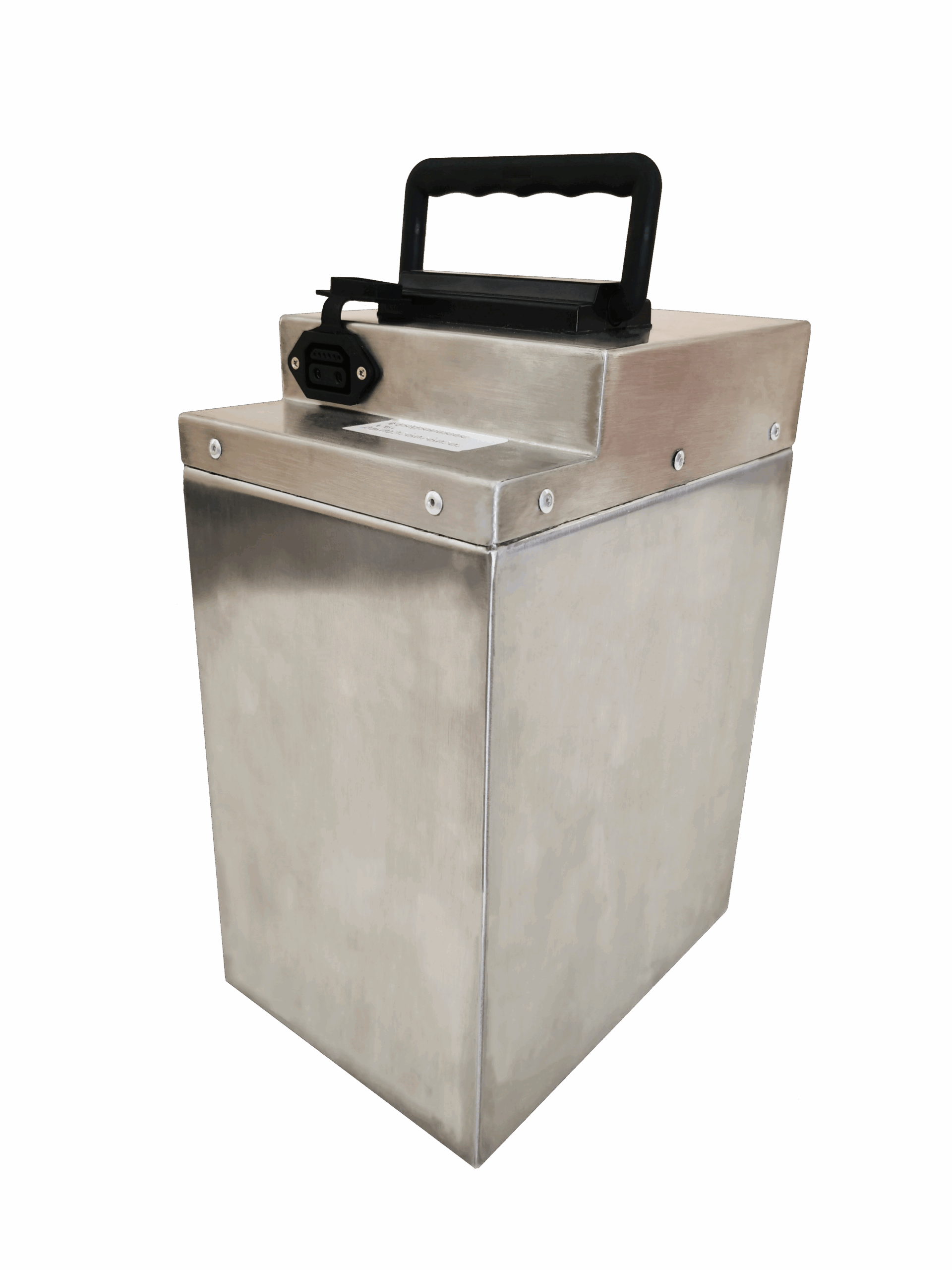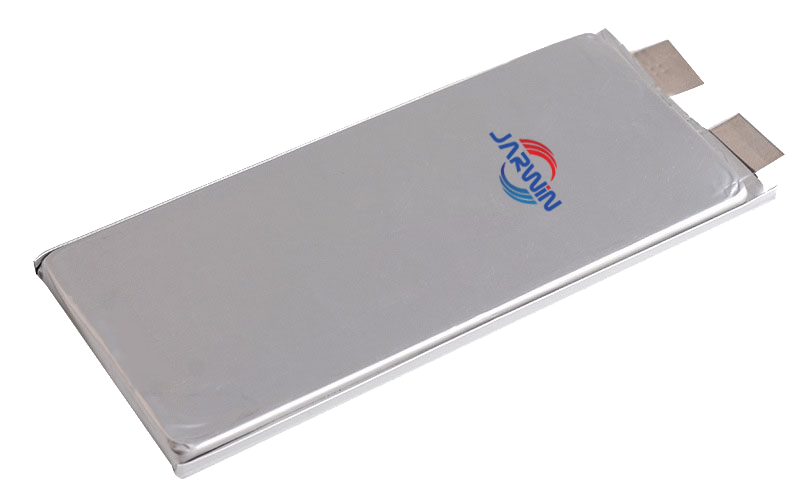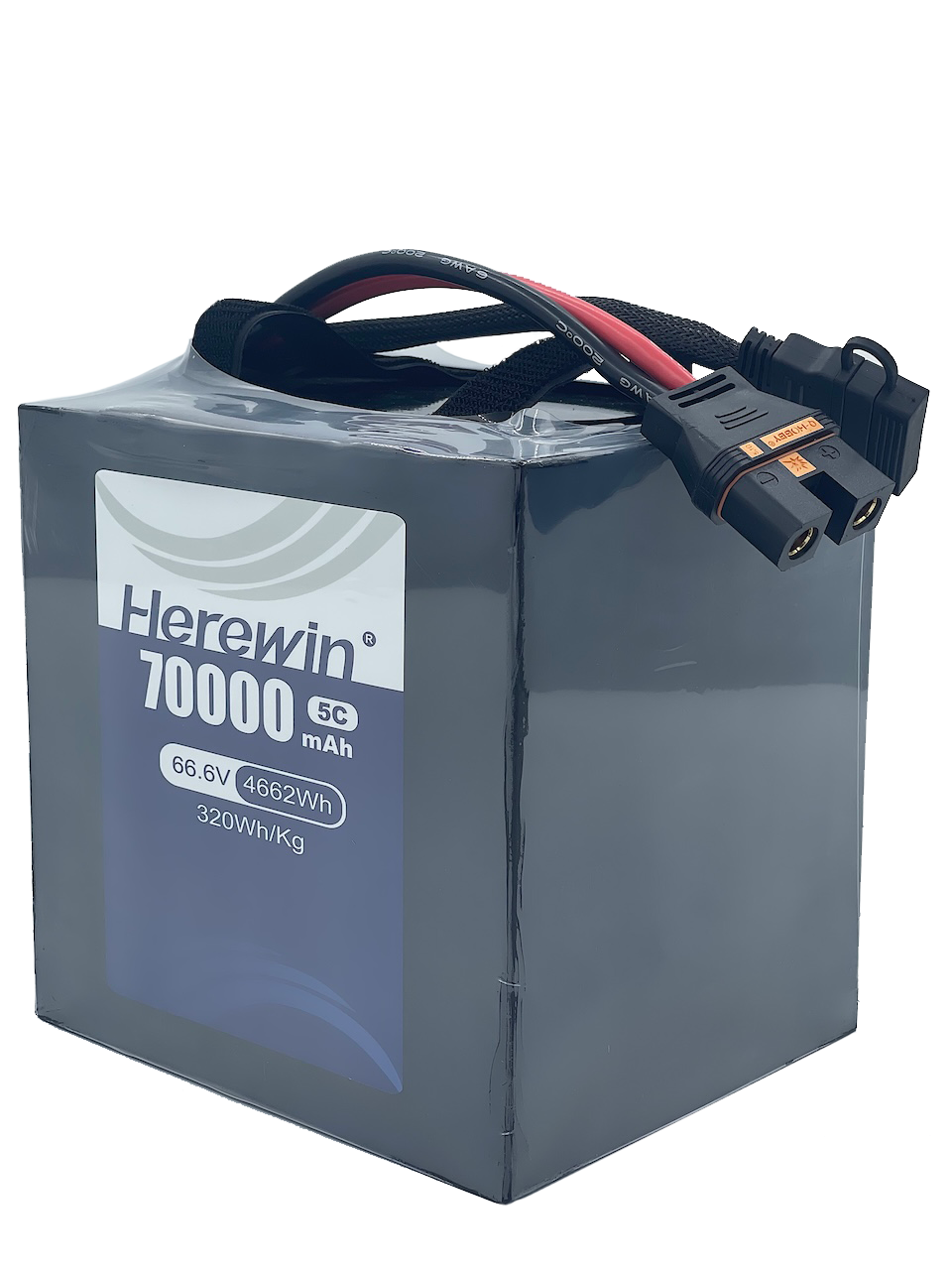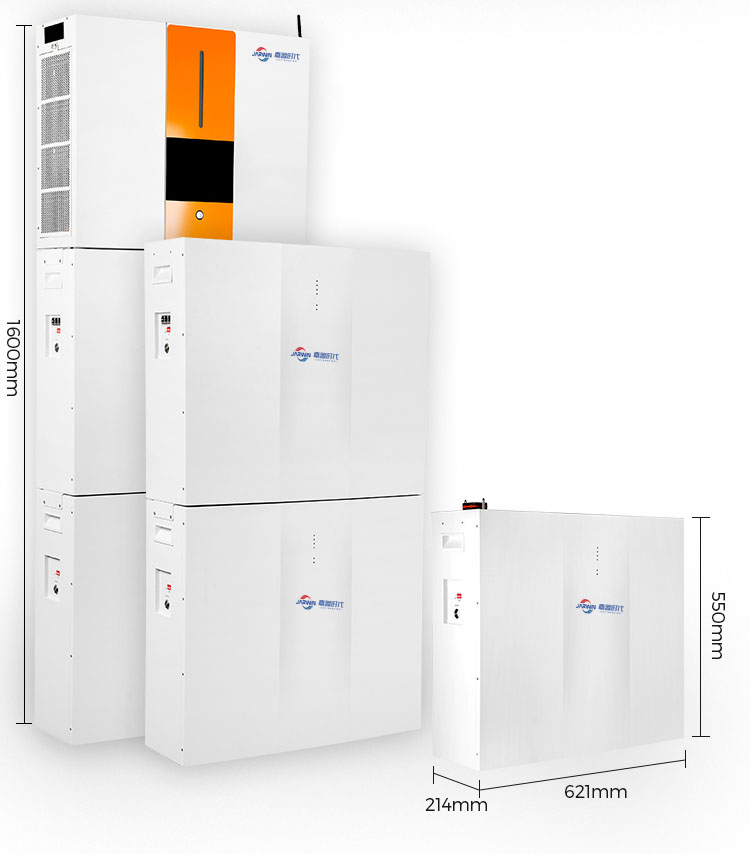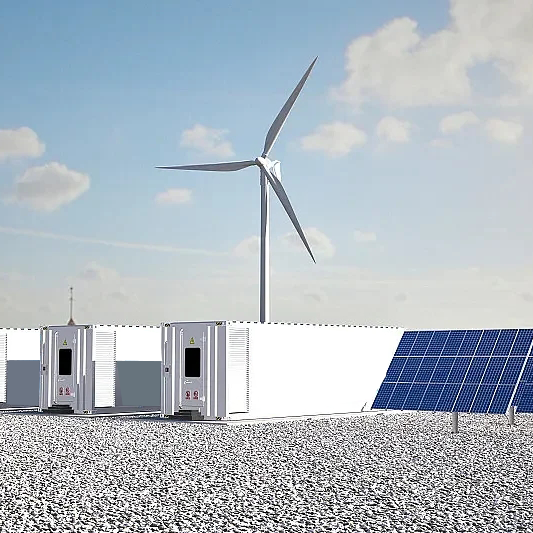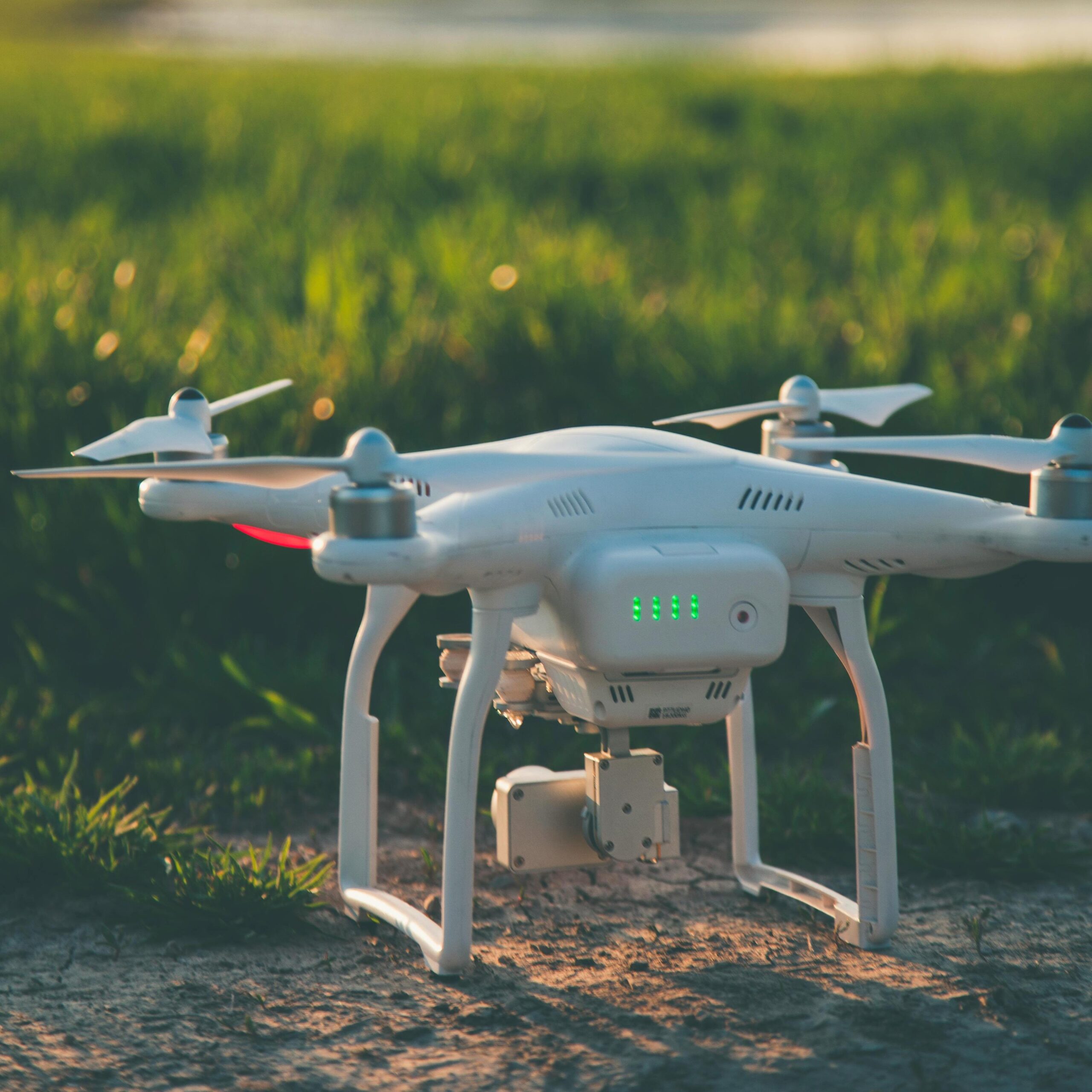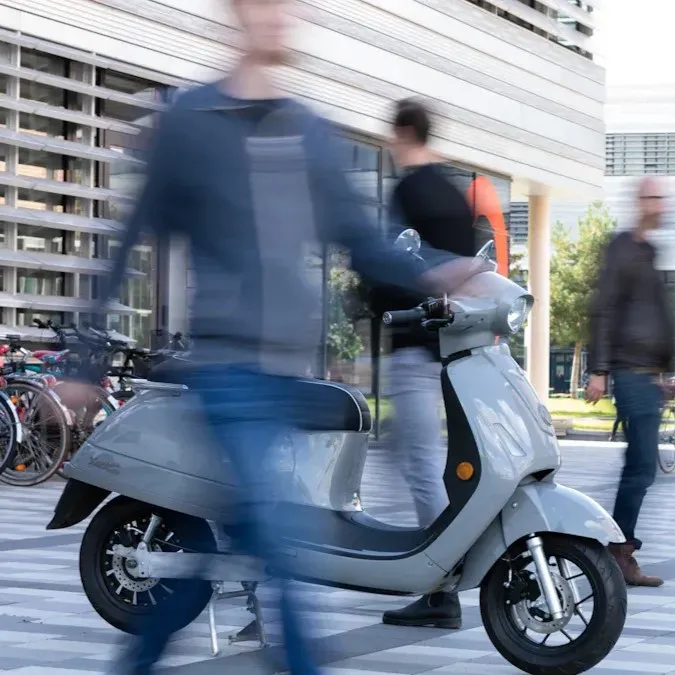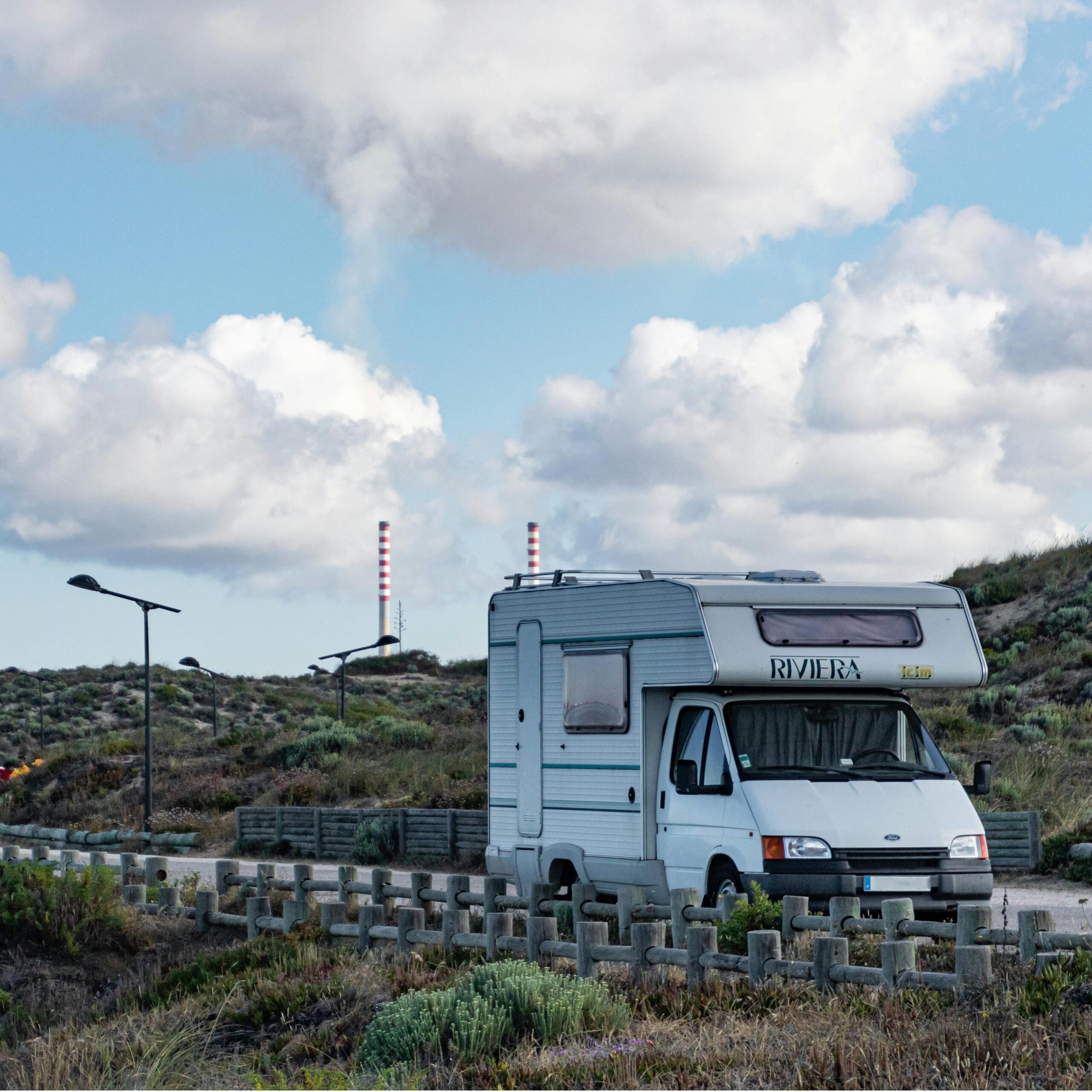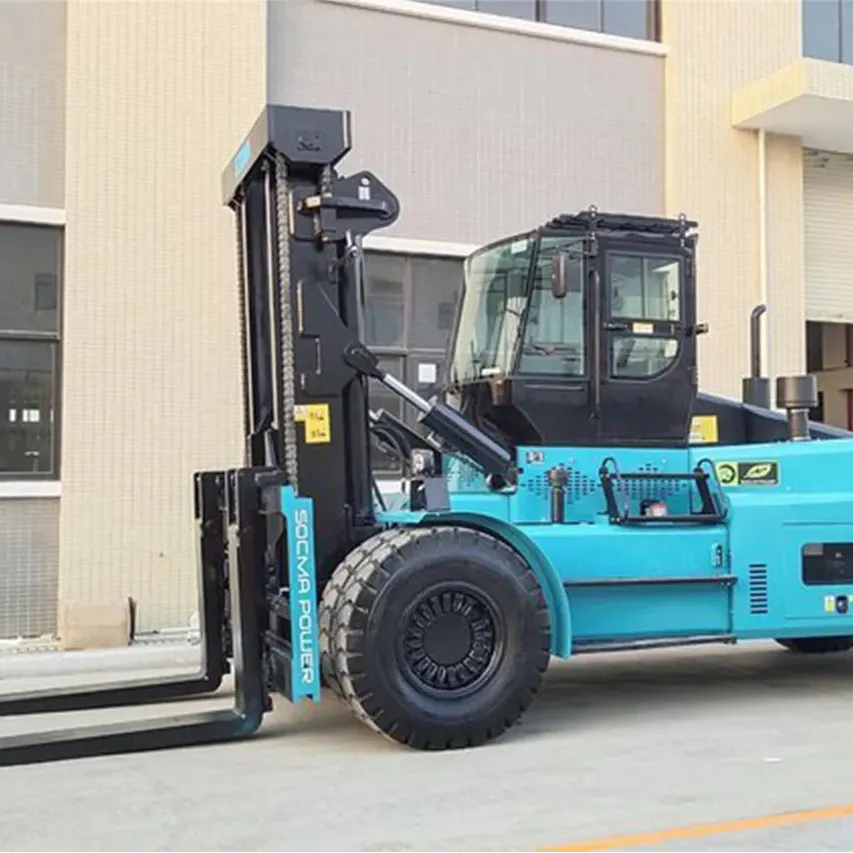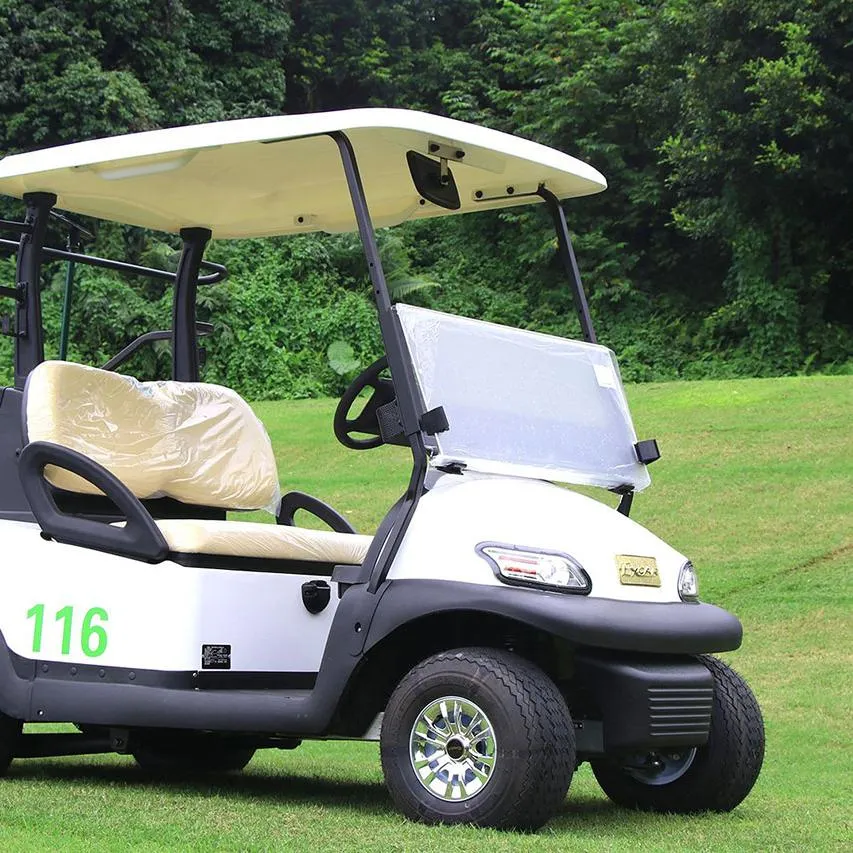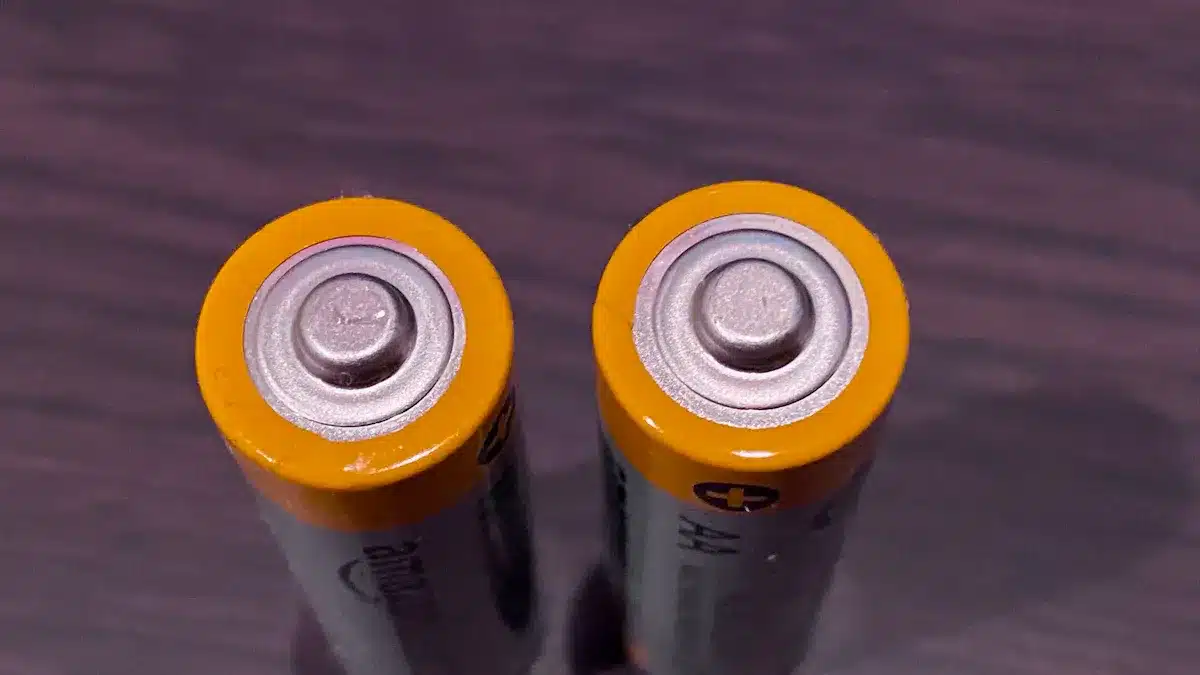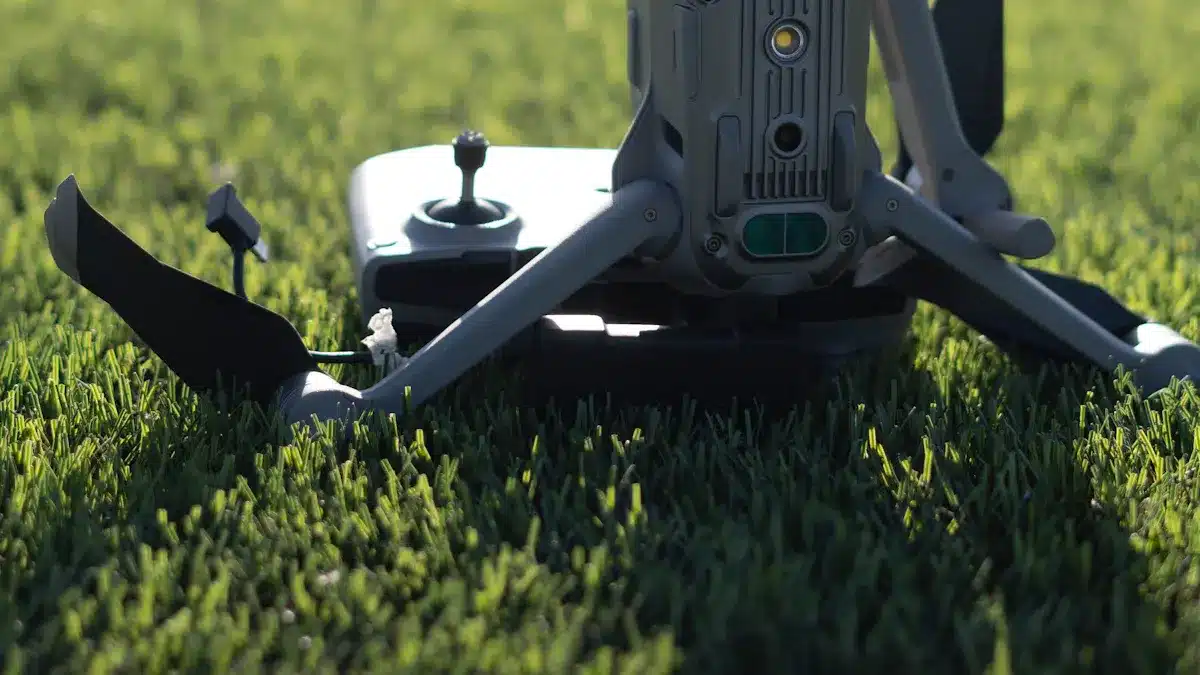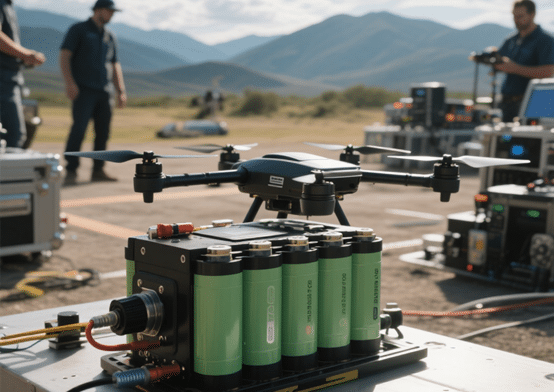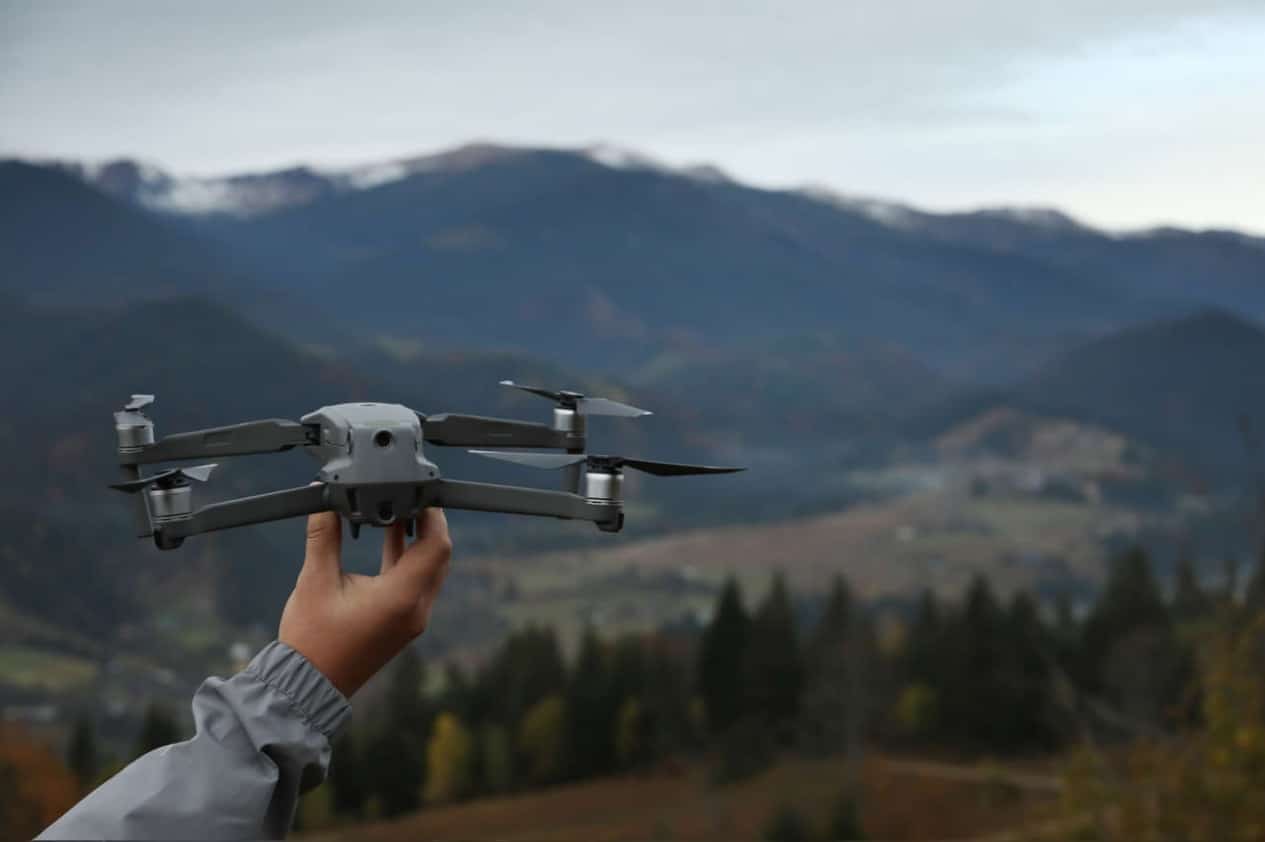In drone operations, the performance of LiPo (Lithium Polymer) batteries plays a critical role—it directly impacts flight time, power output, and safety. In this article, we’ll explore the key features to consider when selecting LiPo batteries for drones, while also highlighting the strengths of Herewin’s battery solutions.
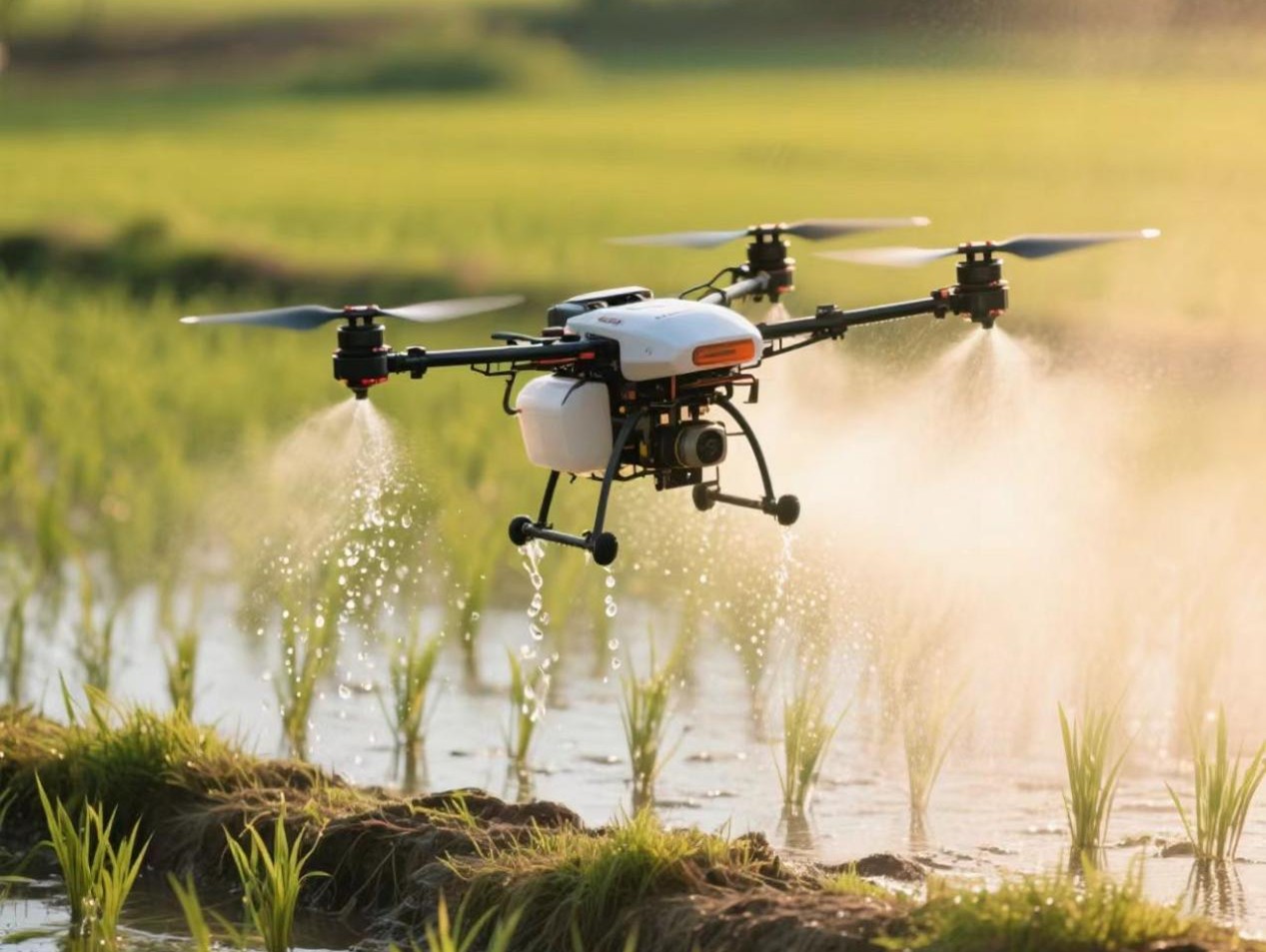
Capacity (mAh): The Foundation of Flight Time
Battery capacity, measured in milliampere-hours (mAh), is one of the most fundamental factors affecting a drone’s flight duration. For instance, a 2200mAh battery powering a drone with a consistent power draw of 100W can typically support 10 to 15 minutes of flight (actual performance may vary depending on power consumption).
When choosing battery capacity, different application scenarios call for different strategies. For missions requiring extended endurance—such as mapping or long-duration aerial photography—it’s advisable to choose high-capacity batteries in the 3000–5000mAh range to ensure sufficient flight time. However, keep in mind that higher capacity also means increased weight, which may affect overall drone performance.
For high-agility drones like FPV racing or freestyle drones, medium capacities ranging from 1300mAh to 2200mAh are typically sufficient. These lighter batteries help minimize load and maximize maneuverability. In contrast, agricultural drones used for spraying chemicals over large areas require both extended flight time and high payload capacity, and thus often use batteries rated at 8000mAh or even up to 26000mAh.
Herewin offers a wide range of LiPo battery capacities—from low-capacity models tailored for micro drones to high-capacity packs designed for industrial mapping and agricultural drones. Our diversified product line ensures that every drone operator can find the right power solution to meet their endurance needs.
Discharge Rate (C-Rating): The Source of Power
The discharge rate, denoted by the C-rating, indicates a battery’s maximum discharge capability. The formula is:
Discharge Current (A) = Capacity (mAh) × C-Rate ÷ 1000
For example, a 2200mAh, 50C battery can deliver a maximum current of 110A (2200 × 50 ÷ 1000).
Different drone applications require different discharge rates. High-maneuverability drones—such as FPV racers—require a sudden burst of power for rapid acceleration and sharp turns. For these use cases, high C-rated batteries (typically 30C–60C) are recommended. Meanwhile, for more stable operations such as aerial photography or crop-spraying drones, moderate discharge rates of 20C–30C are sufficient, helping to reduce both weight and cost.
Herewin’s LiPo batteries are engineered for outstanding discharge performance. Select models offer up to 60C discharge rates, ensuring powerful bursts of energy for racing and freestyle drones, allowing them to respond instantly and perform with maximum agility. For more stable applications, our batteries provide optimized C-rates that support consistent operation, delivering reliable performance during long tasks.
Voltage and Cell Count (S Rating): Matching the Power System
Each LiPo cell has a nominal voltage of 3.7V, with a fully charged voltage of 4.2V and a typical cut-off voltage of 3.0V to avoid over-discharge. To achieve different output voltages, cells are connected in series, indicated by the S rating. Common configurations include 2S (7.4V), 3S (11.1V), 4S (14.8V), and so on.
When choosing a battery, it is crucial to ensure that the voltage (S rating) is compatible with the drone’s motors and ESC (Electronic Speed Controller). For example, if the ESC supports up to 4S, a 4S (14.8V) battery must be used. Using the wrong voltage may result in insufficient power or even damage to the system.
Herewin’s LiPo batteries are designed with strict adherence to industry voltage standards. We provide a broad range of S-rated options tailored to different drone configurations, ensuring full compatibility with your power system and helping users avoid performance issues caused by voltage mismatches.
Weight and Size: Balancing Flight Time and Payload
Weight and size are key considerations in drone design, as they directly impact flight performance and efficiency. For applications where efficiency is critical—such as consumer aerial photography—high energy density batteries are preferred, meaning lighter batteries for the same capacity.
Thin, soft-pack battery designs reduce both weight and bulk, making them easier to integrate into tight spaces and helping maintain the drone’s maneuverability. As a rule of thumb, the battery should not exceed 20% of the drone’s maximum takeoff weight. For instance, a drone with a 2kg maximum takeoff weight should use a battery weighing no more than 400g.
Herewin leverages advanced materials and manufacturing techniques to develop high energy density LiPo batteries. For example, one of our batteries designed for compact aerial photography drones offers the same capacity as competing models but is 15% lighter and 10% smaller, significantly supporting lightweight drone design and improved flight efficiency.
Safety Features: A Critical Component of Flight Safety
Safety is a non-negotiable factor when choosing drone batteries. A high-quality LiPo battery must include multiple protection mechanisms. At the core is the Battery Management System (BMS), which ensures protection against overcharging, over-discharging, and overcurrent, minimizing the risk of user error leading to damage or fire.
Material choice also matters: flame-retardant PVC or aluminum-laminated film casings reduce the risk of short-circuiting due to external impacts. Additionally, choosing batteries that have passed international safety certifications such as UN38.3 and SGS is essential for ensuring safe use.
Herewin prioritizes battery safety. All our LiPo batteries feature advanced BMS systems that precisely monitor and regulate charging and discharging processes to ensure safe operation in all conditions. Our battery housings are built with fire-resistant and explosion-proof materials and undergo rigorous safety testing, including impact, compression, and puncture tests—providing comprehensive protection for every flight.
Cycle Life: A Long-Term Cost Perspective
Cycle life refers to the number of complete charge-discharge cycles a battery can undergo before its capacity drops below 80% of the original. High-quality LiPo batteries generally offer 600 to 1500 cycles, depending on usage and quality.
In commercial applications like mapping or agricultural spraying—where batteries are used frequently—long cycle life is critical to reduce replacement costs. In these scenarios, we recommend batteries with ≥800 cycles. For hobbyist or recreational users, where usage is less frequent, a battery with around 500 cycles may offer the best balance between cost and performance.
Herewin’s LiPo batteries are engineered with enhanced materials and precision manufacturing processes to achieve long cycle life. Most of our batteries deliver over 600 cycles, and select models can reach up to 3000 cycles, making them ideal for high-frequency applications and significantly lowering total ownership costs.
Temperature Adaptability: Performance Across Harsh Environments
Ambient temperature has a significant impact on LiPo battery performance. In cold environments—especially below 0°C—the battery’s capacity can drop by more than 30%, and discharge rates may also decrease, resulting in insufficient power delivery or even potential battery damage. On the other hand, in hot climates, self-discharge increases, lifespan is shortened, and there is an elevated risk of thermal runaway.
To ensure safe and efficient drone operation under extreme temperatures, it’s essential to choose batteries with excellent temperature tolerance, or implement thermal management measures like insulation in cold weather or cooling systems in high-heat scenarios.
Herewin has developed a specialized range of LiPo batteries with outstanding temperature adaptability. Our low-temperature models feature optimized electrolytes and integrated heating technologies that allow operation in environments as cold as -20°C, with capacity degradation kept below 20%. For high-temperature environments, our batteries are built with enhanced heat-dissipation materials and structural designs, enabling stable performance even in ambient temperatures exceeding 50°C.
Connector Type: Ensuring Compatibility with Charging Systems
The battery’s connector must be compatible with the drone’s charging dock and charger. Common interfaces include XT60, XT90, JST-XH, and others. XT60/XT90 connectors are standard in medium to high-power drones—such as FPV racing drones and agricultural drones—supporting high-current charging (≥10A). For large-capacity agricultural drones (20L to 30L), AS150U connectors are often used due to their ability to handle higher charging currents.
Using incompatible connectors can lead to issues such as failed charging or poor contact, which can severely impact the drone’s operation.
Herewin provides a variety of connector options, and we also offer customized connector solutions tailored to our clients’ drone models and charging systems—ensuring seamless integration and reliable performance across platforms.
Conclusion: Herewin Offers the Perfect Power Solution for Every Drone
Choosing the right LiPo battery involves weighing multiple factors—including capacity, discharge rate, voltage, size, safety, temperature tolerance, connector type, and cycle life—based on your specific drone type, application scenario, operational environment, and budget.
Herewin’s LiPo batteries are engineered to meet these diverse needs. Backed by superior materials, rigorous safety standards, and a broad product portfolio, our batteries offer outstanding performance, durability, and reliability across all drone applications.
Whether you’re a performance-driven FPV racer or a commercial drone operator focused on stability and cost efficiency, Herewin has the right battery solution to power your flight to new heights.

